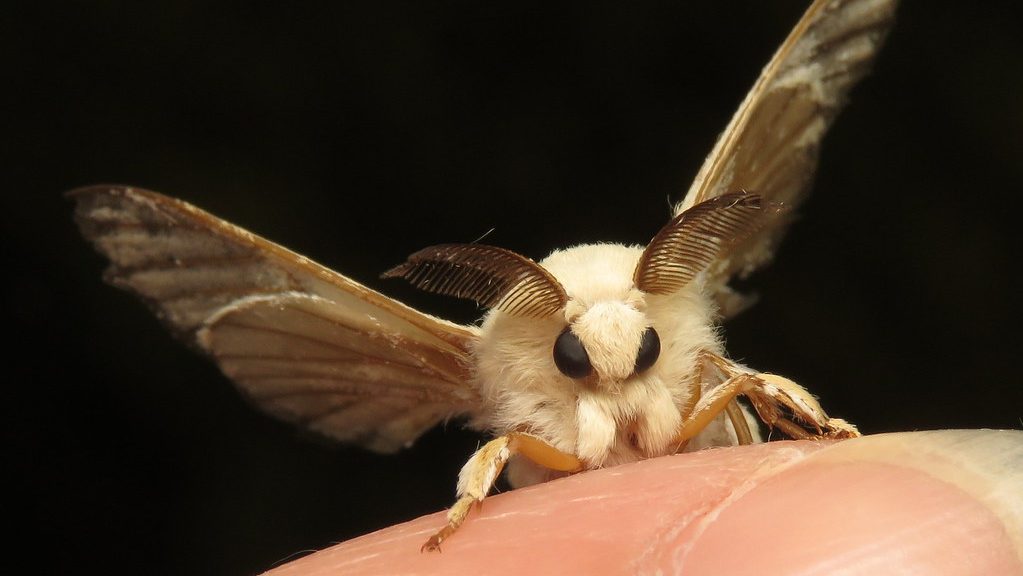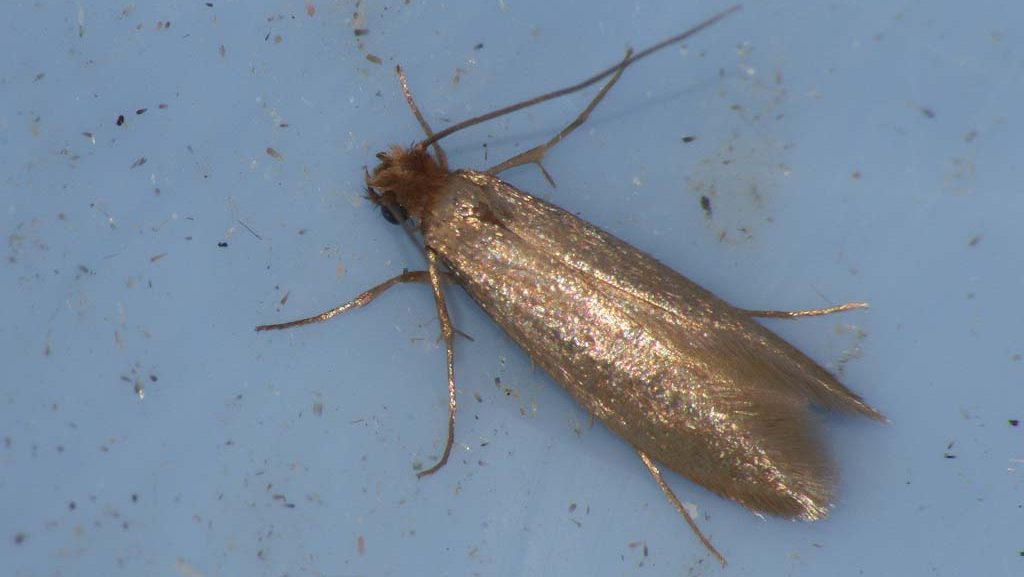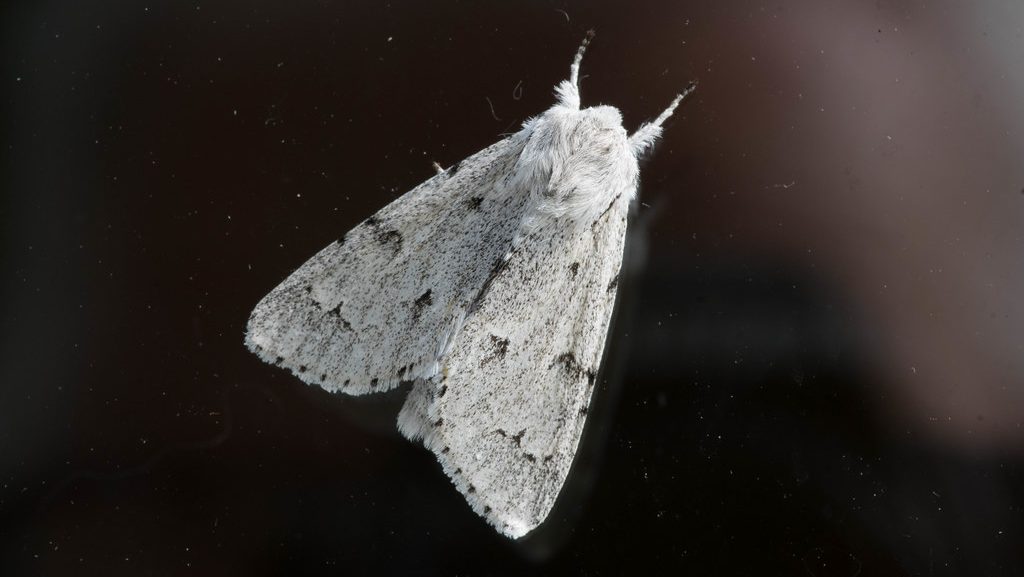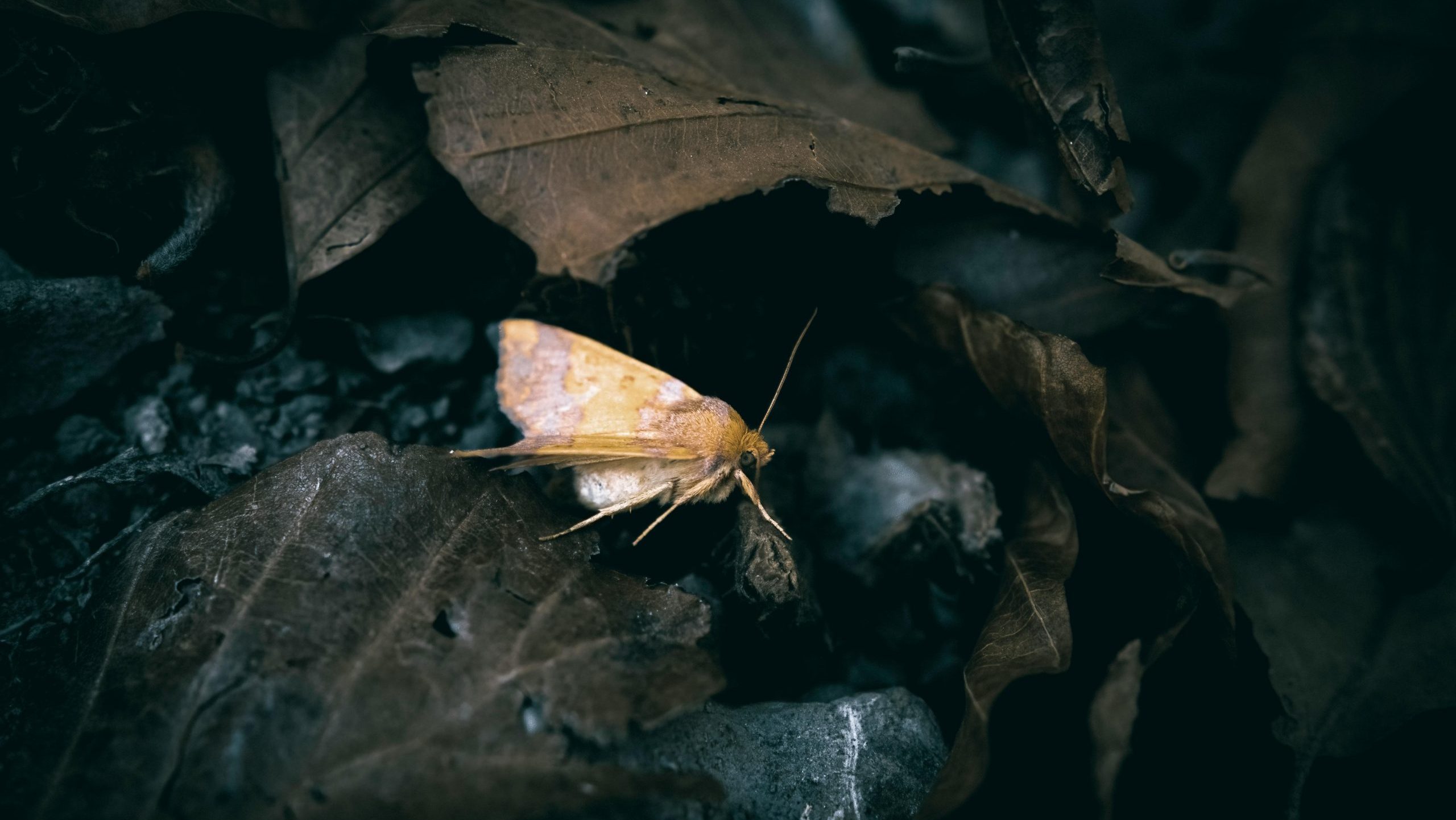Key Takeaways
- Small moths are usually pantry or clothes moths—correct ID is key.
- Pantry moths come from contaminated groceries and breed in improperly stored dry goods.
- Clothes moths feed on natural fabrics and often enter via second-hand items.
- Infestations can cause significant food waste and fabric damage.
- Control methods include cleaning, airtight storage, laundering, and using natural repellents.
 Have you ever casually opened your pantry or closet and spotted tiny moths fluttering out, leaving you puzzled and frustrated? Maybe you’ve noticed small holes in your favorite sweater or found suspicious webbing in your cereal. Suddenly, your cosy home feels less welcoming. Rest assured, you’re not alone—small moth infestations are surprisingly common, and they can appear seemingly out of nowhere.
Have you ever casually opened your pantry or closet and spotted tiny moths fluttering out, leaving you puzzled and frustrated? Maybe you’ve noticed small holes in your favorite sweater or found suspicious webbing in your cereal. Suddenly, your cosy home feels less welcoming. Rest assured, you’re not alone—small moth infestations are surprisingly common, and they can appear seemingly out of nowhere.
Understanding exactly why moths choose to invade your home and how to get rid of them is essential. Let’s walk through everything you need to know to reclaim your space.
Identifying: Pantry Moths vs. Clothes Moths
Small moths in homes typically fall into two categories: pantry moths or clothes moths. Knowing precisely which moth you’re dealing with is critical since each requires a distinct approach for elimination.

Not getting a solution?
Get your free pest control estimate today!Pantry Moths: Tiny Kitchen Invaders
Pantry moths, often known as Indian meal moths, are small, about half an inch long, with bronze or copper-coloured wingtips and grey-brown wings. These moths thrive around kitchen areas because they feed on dry, stored foods.Infestations usually reveal themselves through fine, silken webbing in foods like grains, flour, nuts, spices, pet food, and cereals. The larvae, small worm-like creatures, contaminate food items, making them unusable. Pantry moths commonly enter your home hidden within grocery items and quickly multiply in ideal conditions.

Clothes Moths: Quiet Fabric Destroyers
Clothes moths, smaller and typically pale beige or golden, are more elusive, preferring dark and undisturbed areas like closets. Unlike pantry moths, clothes moths avoid the light, making their presence known mainly through the damage they inflict.Damage signs include tiny, irregular holes in clothing items made of wool, cashmere, silk, or fur. You may also discover silky cocoons or larvae casings hidden in folds and creases. Clothes moths often sneak into homes via second-hand clothing, furniture, rugs, or heirlooms.
Why Are Small Moths Attracted to Your Home?
Small moths aren’t randomly attracted to your home—they’re drawn in by ideal conditions that provide easy food sources, safety, and breeding opportunities. Here’s why these moths might be attracted to various areas and items around your home:
Pantry and Kitchen Areas
- Open boxes of cereal or grains.
- Loosely packaged or poorly sealed flour, nuts, dried fruits, and pet foods.
- Stored birdseed or bulk grains kept in garages or basements.
- Warm, humid environments with minimal disturbance.

Closets and Storage Spaces
- Clothes stored unwashed, especially woolens or silks.
- Seasonal clothing packed away in dark, seldom-checked spaces.
- Antique or second-hand furniture with hidden larvae or eggs.
- Vintage rugs, upholstery, or textiles that have not been adequately cleaned.
- Dark, quiet, humid spaces where moth larvae thrive unnoticed.
How Moths Enter Your Home
Pantry moths typically hitch rides from grocery stores with already-infested products. Clothes moths often gain entry through vintage or second-hand fabrics, furniture, or clothing items, harbouring unseen larvae or eggs. Apartment residents face additional risks, as moths easily travel through ventilation systems, shared walls, and communal storage areas, spreading infestations.Are Small Moths Dangerous?
Fortunately, these tiny moths are not harmful to humans—no biting or spreading diseases. However, they cause considerable inconvenience and expense. Pantry moth larvae contaminate food, forcing you to discard otherwise good products. Clothes moth larvae damage valuable and sentimental clothing or fabrics, leading to potentially costly replacements or repairs.
Effective Strategies for Remove Small Moths
Addressing moth infestations requires a targeted approach depending on the specific moth type you are dealing with:Removing Pantry Moths
- Empty your pantry completely, checking each item closely.
- Discard infested foods immediately in sealed bags.
- Vacuum shelves, corners, and crevices thoroughly.
- Clean with warm, soapy water or vinegar solution to remove residual eggs or larvae.
- Store all food in airtight containers to prevent reinfestation.
- Consider freezing new pantry items for 48 hours to kill hidden larvae.
- Use pantry-specific pheromone traps to capture adult moths.
Removing Clothes Moths
- Launder all affected clothing items using hot water and high heat drying.
- Freeze delicate garments that can’t be laundered for at least 48 hours.
- Vacuum your closets extensively, especially corners and edges.
- Disinfect surfaces with mild bleach or vinegar solution.
- Regularly air and expose clothing and fabrics to sunlight.
- Employ natural repellents such as cedar blocks or lavender sachets.
- Install clothes moth pheromone traps to significantly reduce moth populations.
Long-term Prevention: Keeping Your Home Moth-Free
Preventing future moth infestations involves routine practices and vigilance:- Regularly inspect stored food and clothing for early signs of moth activity.
- Maintain pantry cleanliness and consistently store food in sealed containers.
- Frequently clean closets, shelves, and storage spaces.
- Vacuum regularly, particularly hidden and rarely disturbed areas.
- Carefully inspect second-hand or vintage items before introducing them into your home.
- Routinely rotate and ventilate clothing stored in wardrobes or storage areas.





